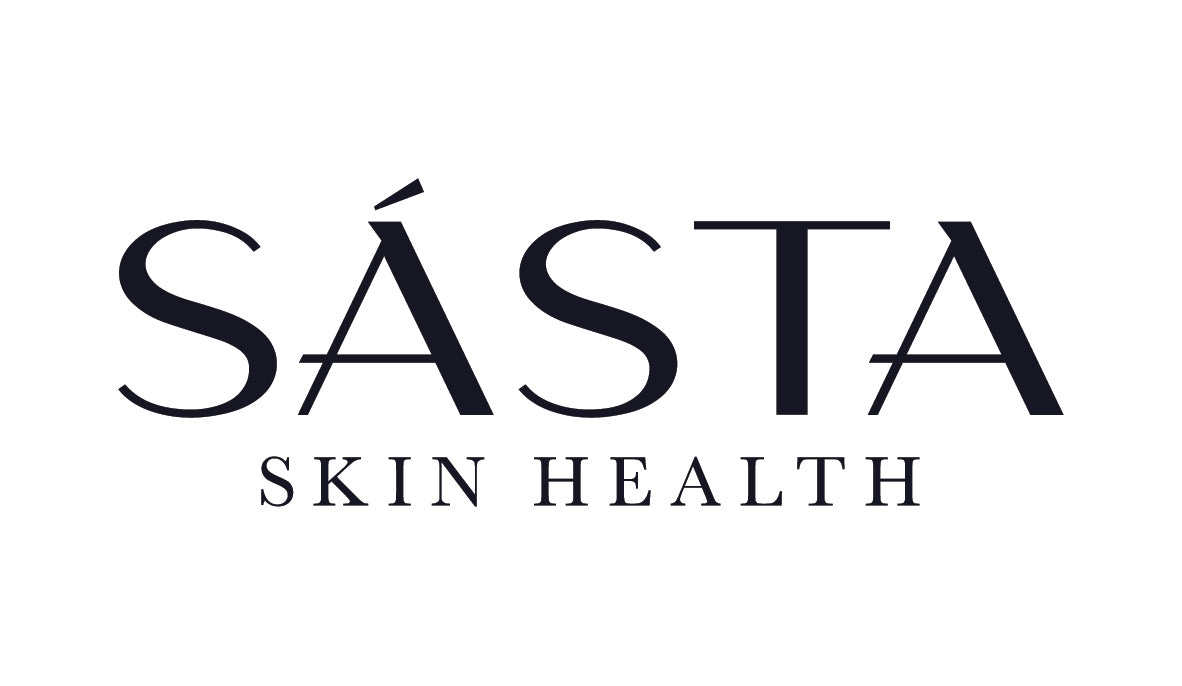Our skin’s outermost layer is a finely-balanced structure. Tiny, invisible, dead skin cells are, individually but constantly, shed at our skin’s surface. These cells are replaced in the layer’s base by the same number of plump, fresh new cells which gradually push up to the surface. These, in their turn, die and fall away in a continuous cycle of birth, growth and death.
In normal skin, perfect balance is achieved between new cell generation and individual dead cell loss in almost military precision. In common psoriasis, by contrast, and for reasons which are poorly understood – and although it is an autoimmune condition - cell creation proceeds at a very rapid rate (up to ten-times normal). Normal processes of individual skin cell elimination at our skin’s surface are now overwhelmed. Thick, silvery skin-cell clumps form. When these fall off, our skin’s integrity is weakened, skin barrier protection is lost and inflammation and infection occur.
We now know that if we have psoriasis, we have populations of bacteria, yeasts and moulds in the gut – and on the skin - which are abnormal and which include harmful pathogens. Microbial imbalances on the skin mean the elimination of normal, healthy bacteria such as Lactobacilli and their replacement with harmful bacteria such as E. coli and Salmonella and the yeast most associated with dandruff, Malassezia.
The application of pre- and postbiotic nutrients to the skin – and to the gut - combats this imbalance encouraging the development of a healthy skin microbiome. In particular the re-growth of sturdy populations of Lactobacilli will have a positive effect on skin condition.
Dr Brian O Rourke


